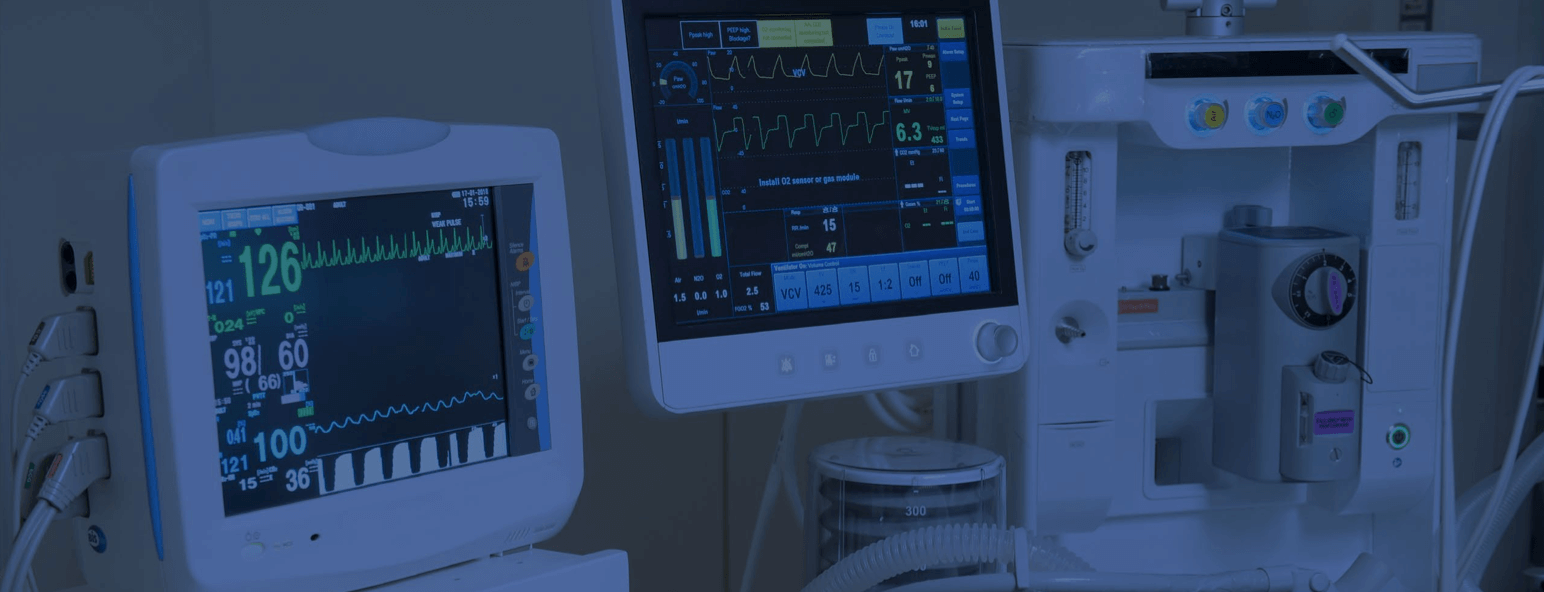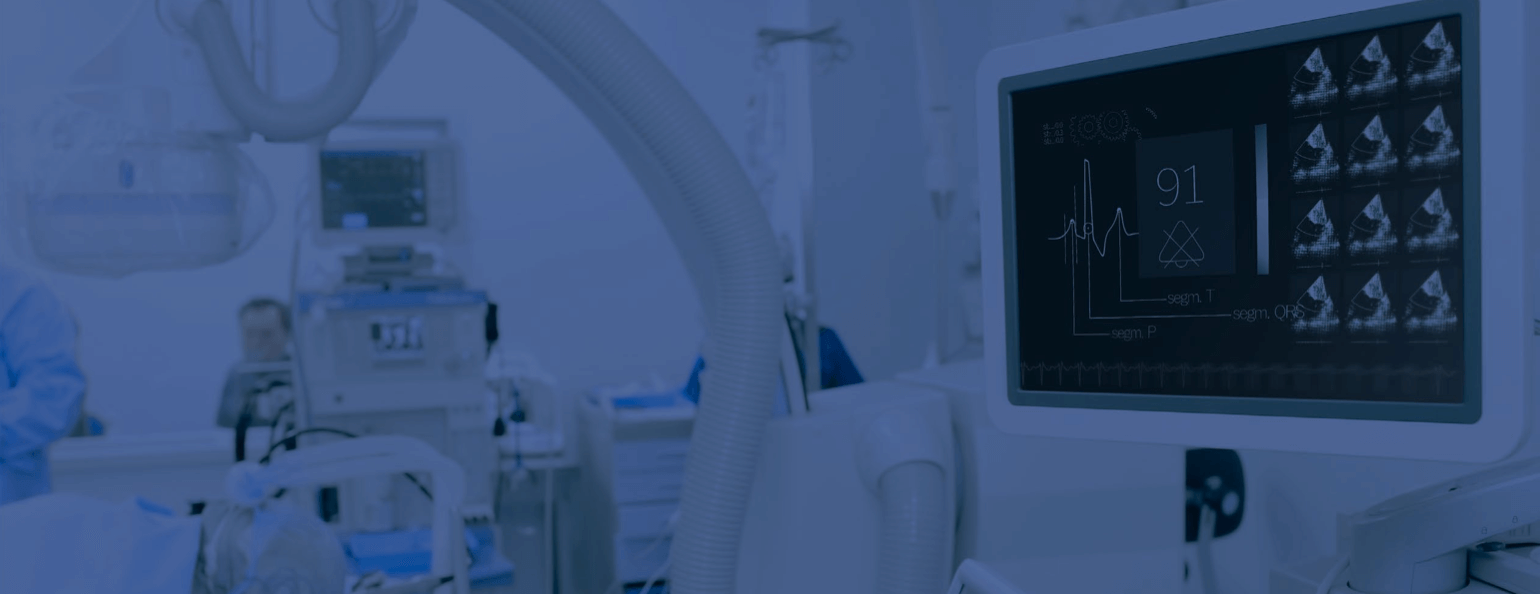MDR’s Impact on Europe’s Innovation Capabilities
Erik Vollebregt, Partner at Axon Lawyers, Matthew Purner, Senior Director of Clinical Affairs at Illumina, and John Brennan, VP Quality, Regulatory Affairs & Government Affairs at Medtronic, examine the EU MDR challenges and opportunities.
Introduction: Don’t put off your transformation
There’s a growing consensus among medtech companies that the time for transformation is now. European Union Medical Device Regulation 2017/745 (MDR) has shined a light on operational inefficiencies across the industry and is putting pressure on companies to bring their processes and systems into the modern age.
The fallout from MDR is real. According to an Ernst & Young estimate, the MDR transition can cost device manufacturers between 3.5 percent and 5 percent of their total revenue in Europe. Peter Gaines, professor at Sheffield Hallam University, estimates that as a result of MDR, 50 percent of all medical devices will be withdrawn from the market, larger device manufacturers will halve their product portfolios, and 30 percent of smaller manufacturers will simply shut down.
There’s little doubt that European regulations are stifling innovation. Until recent years, medtechs seeking to bring new products to market would often look to Europe for faster regulatory approval. Today, according to the MedTech Europe Survey Report, 50 percent of respondents are deprioritizing the EU market as their geography of choice for seeking first regulatory approval for their new devices.
At Veeva MedTech Summit Europe, a panel of industry experts discussed how medtech organizations can continue to grow and thrive in the new regulatory environment. The panel included Erik Vollebregt, Partner, Axon Lawyers; John Brennan, Vice President of Regulatory Affairs and Quality (EMEA), Medtronic; and Matthew Purner, Director of Clinical Development, Illumina.
Why so few medical devices have achieved MDR approval
Erik Vollebregt framed up the regulatory situation in Europe by hearkening back to a time when Europe had an effective yet flexible regulatory system. Scandals such as PIP and metal-on-metal hip implants underscored a need for stronger regulations. According to Vollebregt, politicians took the position that failures like these could never be allowed to happen again. By 2017, regulators had adopted the MDR.
Still, medtechs didn’t rush to change processes because the regulation gave leeway to make changes gradually over a few years and the prevailing sense that notified bodies lacked the capacity to process all MDR applications.
MDR took full effect in May 2021, yet MDR certificates have still not been issued for at least 85 percent of the more than 500,000 devices previously certified under MDD or AIMDD. In addition, according to the MedTech Europe Survey Report, certification with MDR-designated Notified Bodies is taking an average of 13 to 18 months—double the time historically needed for certification under the Directives.
Vollebregt takes this as a sign that something must change for regulators. He recalled an era in which there was a vibrant and highly innovative market for tissue therapy in Europe. European governments eventually decided this market needed much more stringent regulation. Today, according to Vollebregt, it’s so expensive to bring a tissue therapy product to market that smaller companies will develop only through the proof of concept phase and then try to get purchased by a much larger company that has the resources to navigate regulatory approvals.
Vollebregt argues that the same thing could be happening for medtechs. Smaller and midsized companies sometimes fail to get any of their products approved. Even larger companies struggle to get their entire portfolios transferred to MDR and IVDR in time, resulting in lost revenues.
As a result, the regulatory pendulum is reversing direction: innovative companies that used to seek regulatory approval in Europe are now seeking it first in the U.S. or China and putting Europe on the back burner. If the current situation doesn’t improve, regulations will be a drain on innovation in the European market—and patients will miss out on life-enhancing and lifesaving technologies.

Common pitfalls in achieving MDR compliance
Medtechs can’t do much to change the regulatory environment. But they can take steps to streamline their processes, enable data transparency and cross-functional collaboration, bring the right stakeholders in early, and minimize MDR-related roadblocks.
For Matthew Purner of Illumina, that means striking an intelligent balance between departmental autonomy and corporate harmonization. His company performed a gap assessment to gauge its readiness to deal with IVDR and MDR. Because Illumina has only two clinical products on the market, the process was relatively easy. Purner’s biggest challenge was to convince his peers to take the transformation seriously. Even today, he continues to optimize and harmonize processes and data sources in the wake of new regulations.
John Brennan shared that Medtronic is pushing a mantra of “as standard as possible and as specific as necessary” for the company’s systems and processes. For years, as the company grew, its priority was to continue increasing revenue. Today, there is a shift to focus more closely on its bottom line, which has initiated efforts to streamline and evaluate processes to drive more efficiency. Brennan believes that in addition to making it harder to achieve regulatory compliance, inefficiency also leads to frustration within the regulatory organization.
Medtechs often face significant barriers in making their transformations. For one, many medtechs are the products of multiple mergers and acquisitions. According to Vollebregt, these transactions are designed to pass with as little examination as possible, and executives who have a large stake in seeing mergers approved may intentionally ignore significant problems. If these problems are around invalid regulatory permissions, then the financial impact can be significant. It behooves companies not to skimp on due diligence.
Purner added that before executives pursue mergers and acquisitions or try to implement new approaches, they should make sure their own regulatory affairs are in order. The best way to do that is to invest in the right technology infrastructure. John Brennan noted that when companies try to go back and do this work after the fact, they usually raid the research and development budget to get the funds they need—further stifling innovation.

How leading medtechs are sustaining innovation
As regulatory requirements present hurdles for medtechs doing business in Europe, innovation sits in the crosshairs. According to the MedTech Europe Survey Report, since 2021, the U.S. has been the geography of preference for first regulatory approval for large companies—even though 94 percent of the survey’s respondents were EU-based. This means that European products are benefiting U.S. patients first, which removes some of the incentive for these firms to continue innovating.
Brennan reported that Medtronic has a full pipeline of products in development. Although it is harder for a large company to change its processes, Medtronic also has enough resources to be able to make strategic decisions about whether to seek first approvals in Europe or the U.S. Small companies, by contrast, don’t have the same luxury and typically must pursue approval in the U.S. or China, regardless of how that fits into their marketing strategy.
Vollebregt cautioned that to sustain innovation, medtechs should temper their expectations of their IT systems while making sure IT projects are appropriately resourced and funded. He believes that much of the current bottleneck around regulatory processes stem from the fact that many medtechs tried to do too much with technology without committing the appropriate resources. Vollebregt recommends working on projects in parallel to help meet regulatory deadlines.
Purner concluded that true innovation is impossible unless those in clinical development roles are free to do their jobs. All processes and systems implemented to support MDR and IVDR compliance must also support clinicians’ ability to do their jobs the right way.

Hear the full conversation among our panelists from Axon Lawyers, Medtronic, and Illumina. Watch the playback